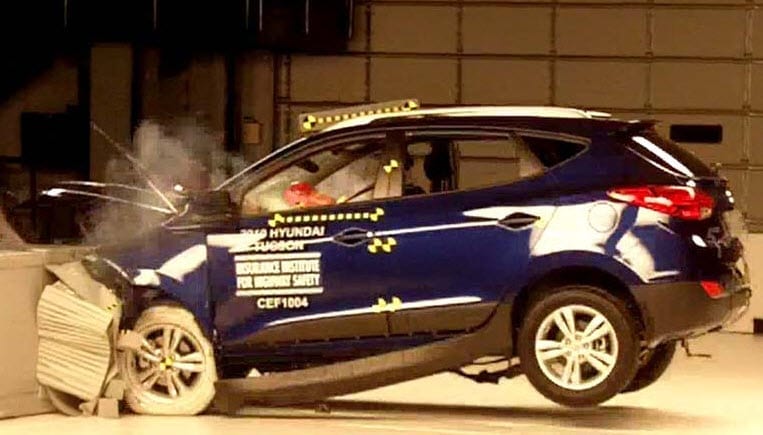When it comes to the top safety ratings that are available, the majority of new vehicles failed to win.
The Insurance Institute of Highway Safety (IIHS) has now given its top safety pick ratings and has chosen the top performing vehicles, but when it comes to this coveted nod from the auto insurance industry, the majority of new cars were not able to qualify.
Some of the largest manufacturers were those that were falling behind the rest, despite positive past performance.
 General Motors, for example, was not seen as doing as well in terms of these auto insurance industry safety ratings as some of its competitors. That said, manufacturers that were seen as taking important strides forward were Honda, Volvo, and Subaru. The IIHS considered all of these vehicles as it assigned its top safety pick ratings to 22 vehicles.
General Motors, for example, was not seen as doing as well in terms of these auto insurance industry safety ratings as some of its competitors. That said, manufacturers that were seen as taking important strides forward were Honda, Volvo, and Subaru. The IIHS considered all of these vehicles as it assigned its top safety pick ratings to 22 vehicles.
When both Honda and Acura lines were taken into consideration, the auto insurance industry approved of Honda in six places.
In order to be able to earn the ranking of “Top Safety Pick Plus”, the vehicles were required to score a “good” rating on four different crash tests and must be able to achieve an “acceptable” or a “good” rating when undergoing the small overlap crash test. It is in that area where a vehicle strikes an object with its front corner. For that ranking, vehicles also needed to have a minimum of one optional forward collision warning feature that would let a driver know that there is a risk of connecting with another vehicle.
This year’s requirements by the IIHS are tougher than they previously have been, and it is very likely that they will only become more challenging as the institute strives to make certain that all vehicles have these collision warning features installed as a standard feature. According to a spokesperson from the institute, Russ Rader, “We want to show consumers which high-tech features are worth the money and encourage manufacturers to make them more widely available.” He added that “We intend to raise the bar higher.”
According to data from the auto insurance industry, forward collision warning has already helped to lower vehicle-to-vehicle collisions by approximately 7 percent. When that feature includes automatic braking, that figure doubles to reach 15 percent.
